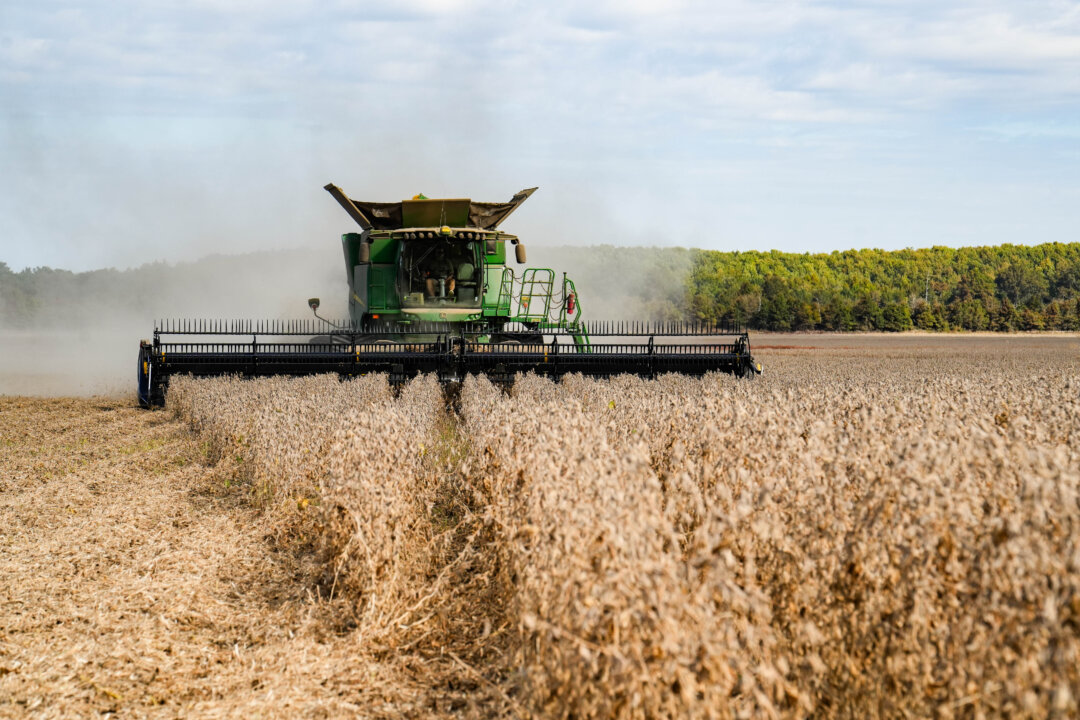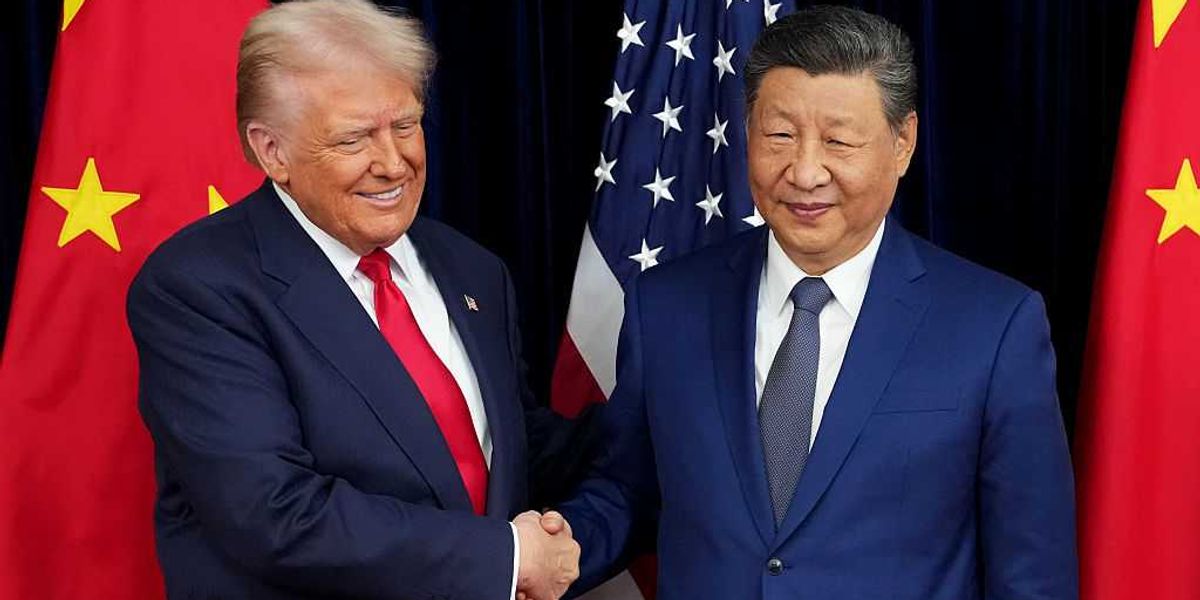China Commits to Major US Soybean Purchases, Easing Farmer Concerns
China has agreed to purchase at least 25 million metric tons of American soybeans annually for three years, alongside removing tariffs, providing relief to U.S. farmers.
Subscribe to unlock this story
We really don't like cutting you off, but you've reached your monthly limit. At just $5/month, subscriptions are how we keep this project going. Start your free 7-day trial today!
Get StartedHave an account? Sign in
Overview
- China has committed to purchasing at least 25 million metric tons of American soybeans annually for three years, aiming to restore trade volumes to pre-trade war levels.
- The agreement also includes China's removal of all retaliatory tariffs on American agricultural products, a significant step welcomed by U.S. farmers.
- Beyond soybeans, China has promised to resume buying U.S. sorghum, a key crop used for animal feed, further diversifying the agricultural trade relationship.
- American farmers are pleased with China's renewed commitment, as it helps facilitate obtaining loans for the upcoming year, though they acknowledge not all issues are resolved.
- Despite this positive trade development, a Trump administration aid package designed to support farmers through the trade war remains on hold due to the ongoing government shutdown.
Report issue

Read both sides in 5 minutes each day
Analysis
Center-leaning sources cover the story neutrally, presenting a balanced view of China's soybean promise. They highlight farmers' cautious optimism, acknowledging the deal's benefits while detailing ongoing challenges like high input costs and the deal's limitations compared to pre-trade war levels. The coverage includes diverse perspectives from farmers, government officials, and experts, providing comprehensive context without overt bias.
Articles (5)
Center (3)
FAQ
At least 25 million metric tons of soybeans equates to approximately 919 million bushels annually, which is a commonly used measurement in U.S. agricultural markets and helps farmers and traders understand the scale of the commitment in familiar terms[2].
The article does not specify any penalties or consequences if China fails to meet the annual minimum purchase target, suggesting the agreement is focused on commitments rather than enforcement mechanisms.
The removal of retaliatory tariffs benefits American farmers by making a broader range of U.S. agricultural exports, such as sorghum, more competitive in the Chinese market, thereby diversifying income opportunities and reducing previous trade barriers.
The aid package remains on hold due to the ongoing government shutdown, and there is no indication in the article that distribution will proceed until the shutdown is resolved.
Yes, while U.S. farmers are encouraged by China’s renewed commitment, the article notes that not all trade issues between the two countries have been resolved, indicating ongoing negotiations or disputes in other sectors.
History
- This story does not have any previous versions.


